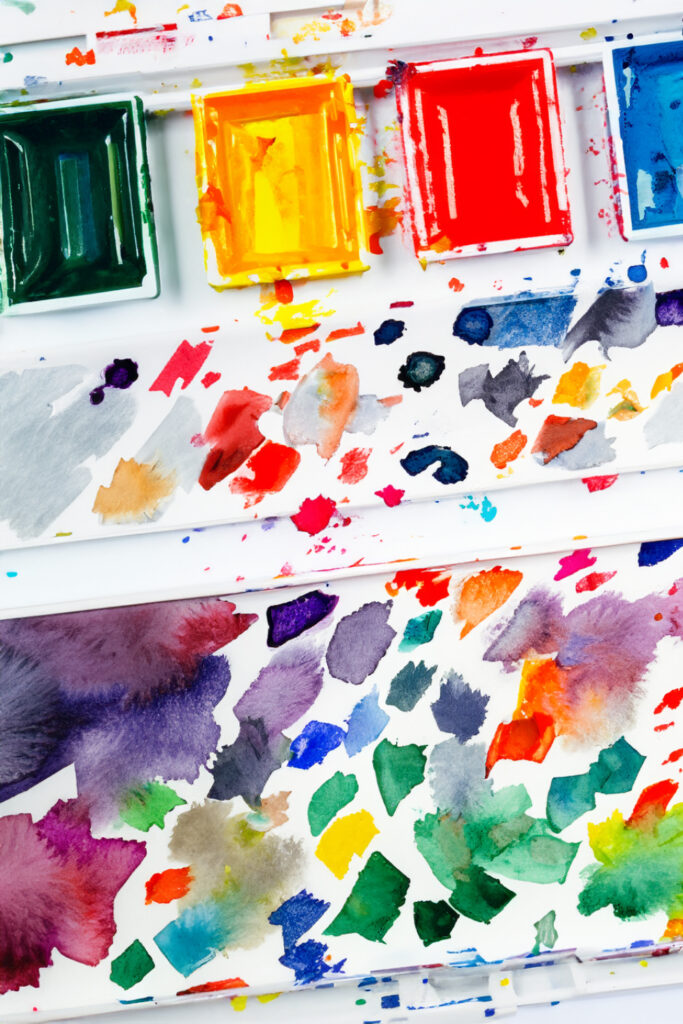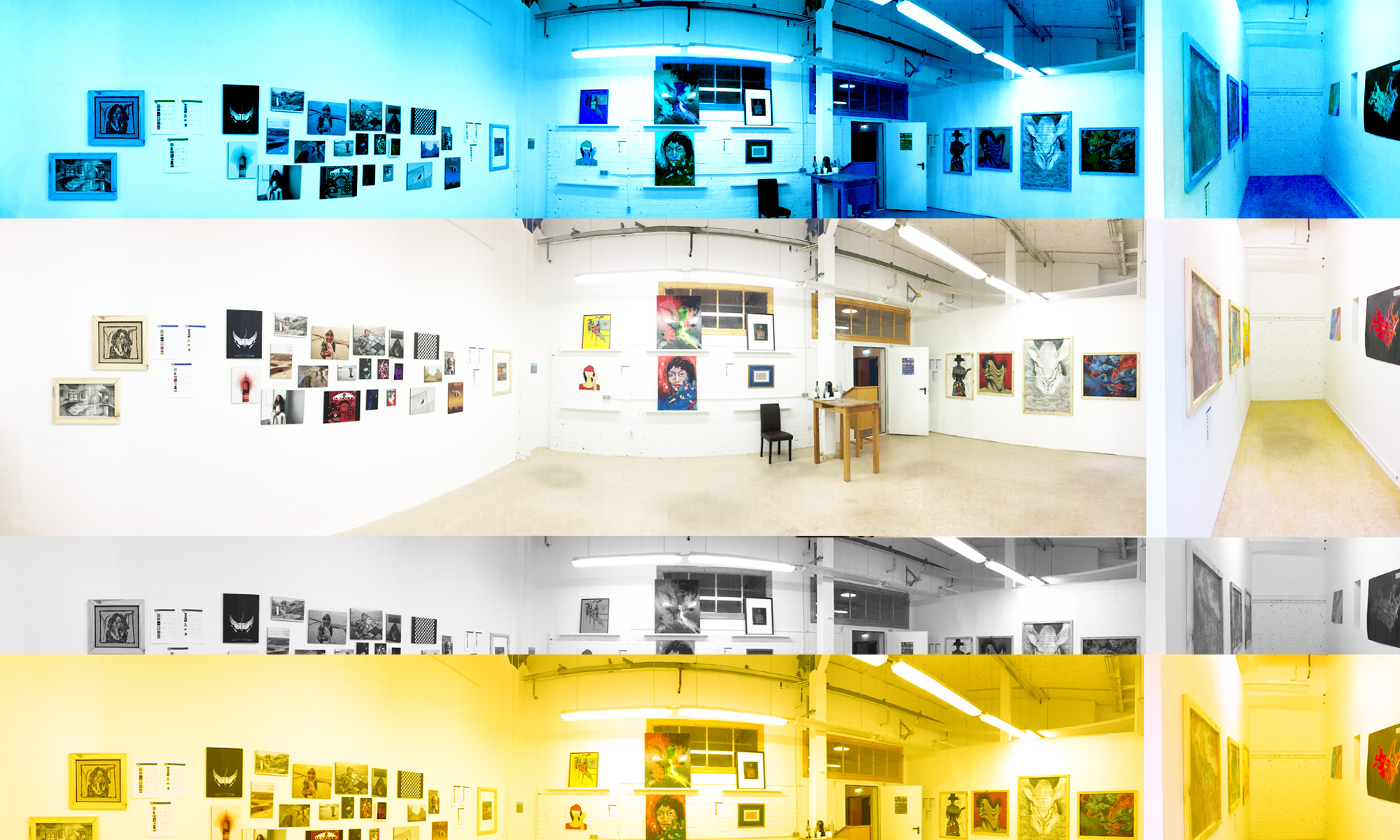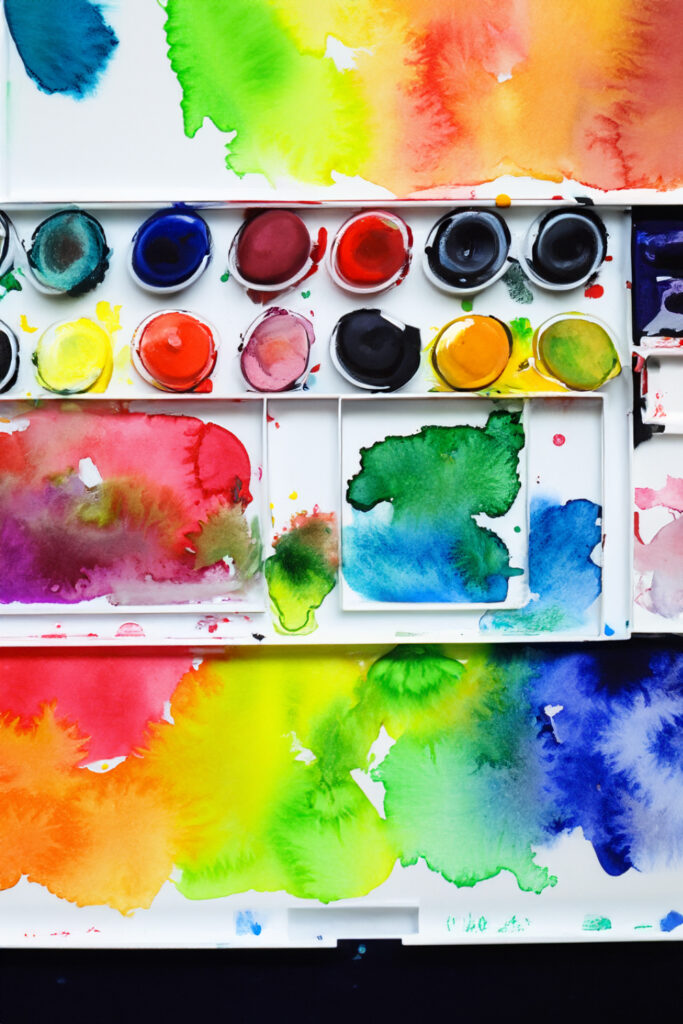
Watercolor is a wonderful medium that can create dreamy, fantastical landscapes, but it can be a challenge to master. To get the most out of your watercolor paintings, it’s important to use high-quality materials. I recommend upgrading from a beginner-level paint like Pelikan to a professional-grade one like Schmincke. Schmincke paints have a higher pigment concentration, which means they produce brighter, more vibrant colors that blend well together.
In addition to using high-quality paint, selecting the right paper is also crucial. Watercolor paper is specially designed to absorb water and hold the paint in place, allowing you to create beautiful washes and fine details. I recommend using paper with a weight of at least 140 lb (300 gsm) and a rough or cold-pressed texture, like Arches Watercolor Paper.
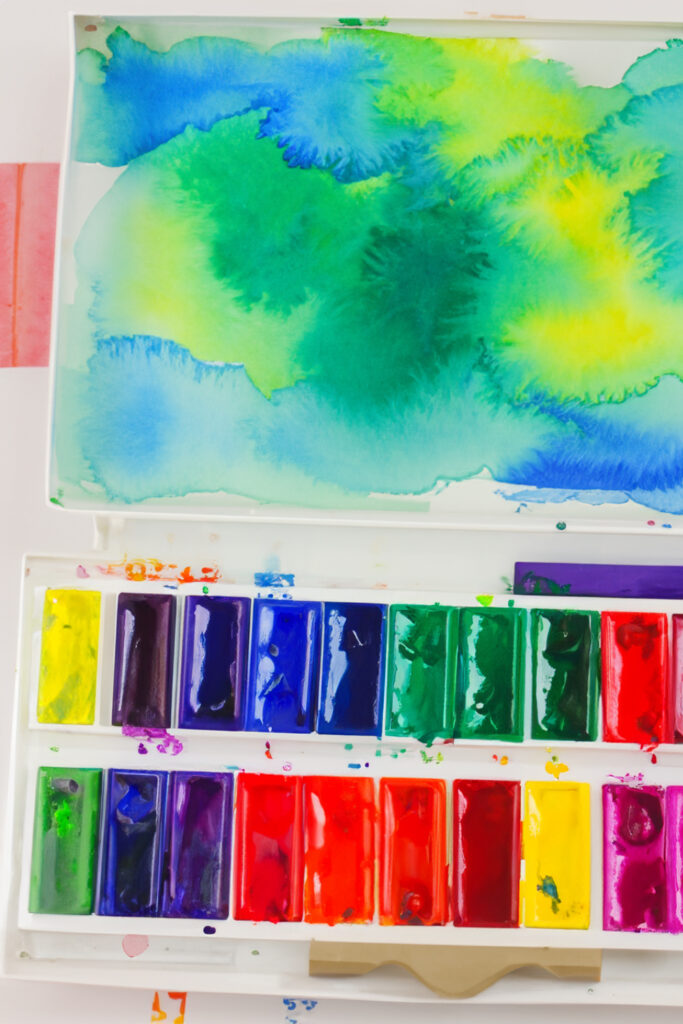
To get the most out of your watercolor paints, there are a few techniques you can use. One is to use a wet-on-wet technique, where you wet the paper with clean water before adding paint. This creates a beautiful, soft look that’s perfect for creating dreamy, atmospheric scenes. Another technique is to use a dry-brush technique, where you use a dry brush to apply paint to a dry surface. This produces a more textured look, which can be great for creating interesting details and contrast.
If you’re new to working with watery materials, trying out ink on cheaper paper or cardboards can be a great way to experiment with a whole new world of painting. You can also experiment with different types of watercolor brushes, like round brushes for detailed work and flat brushes for larger washes.
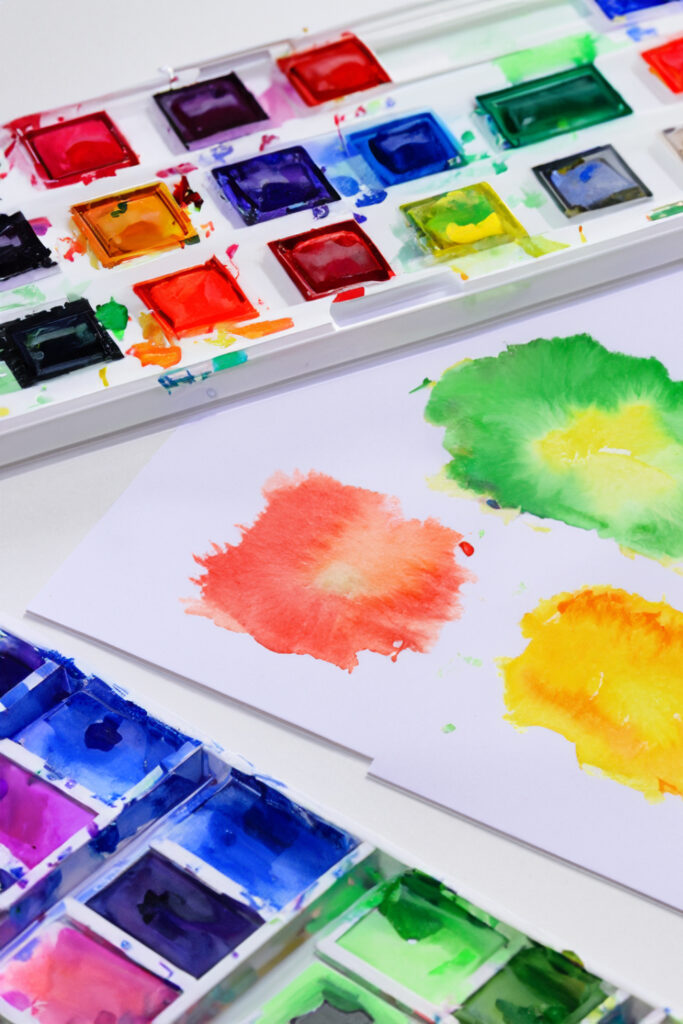
Here are the links to the brands mentioned:
- Schmincke watercolor paints: https://www.schmincke.de/en/products/watercolours/
- Arches Watercolor Paper: https://www.arches-papers.com/watercolor-paper/
- Pelikan watercolor paints: https://www.pelikan.com/pulse/Pulsar/en_US_INTL.CMS.displayCMS.154425./watercolour-paints
